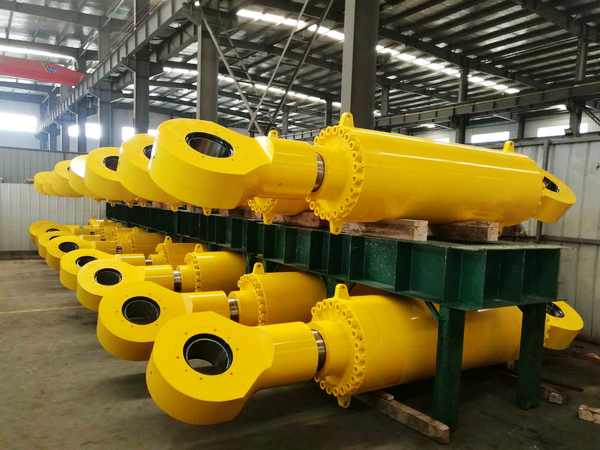In the world of construction machinery, the hydraulic system functions like the human circulatory system—and hydraulic oil is its lifeblood. Maintaining the correct hydraulic oil level is vital for efficiency, reliability, and long service life. Every operator and equipment manager should master proper inspection and maintenance techniques.
Hydraulic oil inspection must follow standard procedures. Park the machine on level, solid ground with the frame properly aligned and attachments fully lowered. Keep the bucket flat, cylinders retracted, and after shutting down the engine, wait 15–30 minutes for the oil to return to the tank. Before checking, clean the dipstick area to prevent contamination.
Remove the dipstick, wipe it clean, reinsert it fully, and check the oil mark. The ideal level should be slightly above the midpoint—enough for stable supply while allowing room for expansion. Low oil may damage pumps; excess oil can cause hose rupture or seal failure.
Also observe the oil’s condition. Good hydraulic oil appears clear or pale yellow. If it becomes dark, cloudy, or contains metal particles, it’s time for maintenance—these signs often indicate early system issues.
Replace hydraulic oil regularly to maintain performance—typically every 1,000–2,000 operating hours or once a year, depending on the working environment. Keep the oil clean by using dedicated tools, avoiding moisture, and replacing or cleaning filters on schedule. Always use the correct oil grade for your machine and temperature, and never mix brands or types.
Monitor system performance daily—pressure, noise, and temperature changes can reveal potential faults. Regular oil analysis supports preventive maintenance and reduces downtime.
Avoid common mistakes such as mixing different oils, topping up without full replacement, or ignoring discoloration and foaming. Never operate with low oil—it can cause severe system damage.
Proper hydraulic maintenance ensures high performance, fewer failures, and longer machine life. Remember this routine: level ground, flat bucket, aligned frame, oil above midpoint. Consistent inspection and care will safeguard your machine’s “lifeline” and keep it working efficiently on every project.







